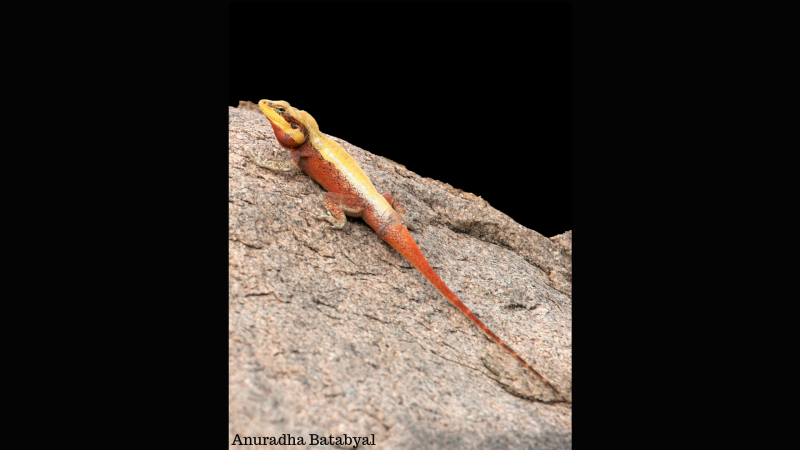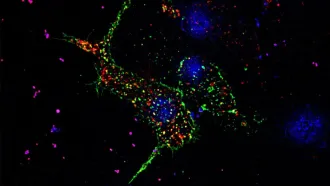
In a recent study published in the journal General and Comparative Endocrinology, researchers from the Indian Institute of Science (IISc), Bengaluru, have described how urbanisation is shaping the social behaviour and strategies of lizards. The researchers conducted their studies on the South Indian rock agama (Psammophilus dorsalis), a common resident of rocky hills in South India. They studied how male rock agamas, from suburban and rural habitats, interacted with other male and female agamas.
Most animals need to change their behaviour by altering the levels of aggression, and undergo changes in their hormone levels to successfully live and procreate. Factors in a stressful urban environment, like the loss of habitat, struggle for food, and pollution, complicate this process further. In the current study, the researchers have explored how urbanisation affects the behaviour and hormonal responses of the male agamas.
Those animals that undergo stress due to their environment cope with it either reactively or proactively. In the ‘proactive’ or ‘fight-fight’ approach, an active response, like a high level of aggression is observed to counteract the stress. The ‘reactive coping’, on the other hand, involves low levels of aggression as shown by the urban lizards the researchers studied.
The researchers observed that habitat (urban or rural) plays a major role in shaping the differences in the behaviour of rock agamas, when they interact with other males, or try to attract females with their courtship rituals.
“Fewer suburban males showed behavioural displays compared to rural males during social encounters. For those that displayed, the intensity of aggression was similar across populations, but courtship intensity was lower for suburban males compared to rural males”, say the authors of the study.
The researchers also studied the level of two hormones—corticosterone and testosterone—in suburban and rural male agamas. Corticosterone is a hormone associated with responses to different stresses and testosterone is the male sex hormone. The study found that suburban male agamas generally had significantly higher levels of corticosterone compared to their rural counterparts, indicating that they were ‘stressed’. There were prominent differences in the level of testosterone too, with the rural agamas having higher levels, contributing to the level of their interactions with other males, including putting up a fight.
“Social interactions were associated with an increase in testosterone levels in all males, but only rural males maintained elevated levels for up to 120 minutes after the interactions”, inform the authors about their findings.
The study throws light on how anthropogenic destruction of habitats have resulted in marked changes in the life of other animals sharing the same space, and how they have adapted to these changes. The findings can help us understand the evolution mechanisms and drivers in these lizards, without which we may end up wiping out an entire species that has so long adapted to live with us.






